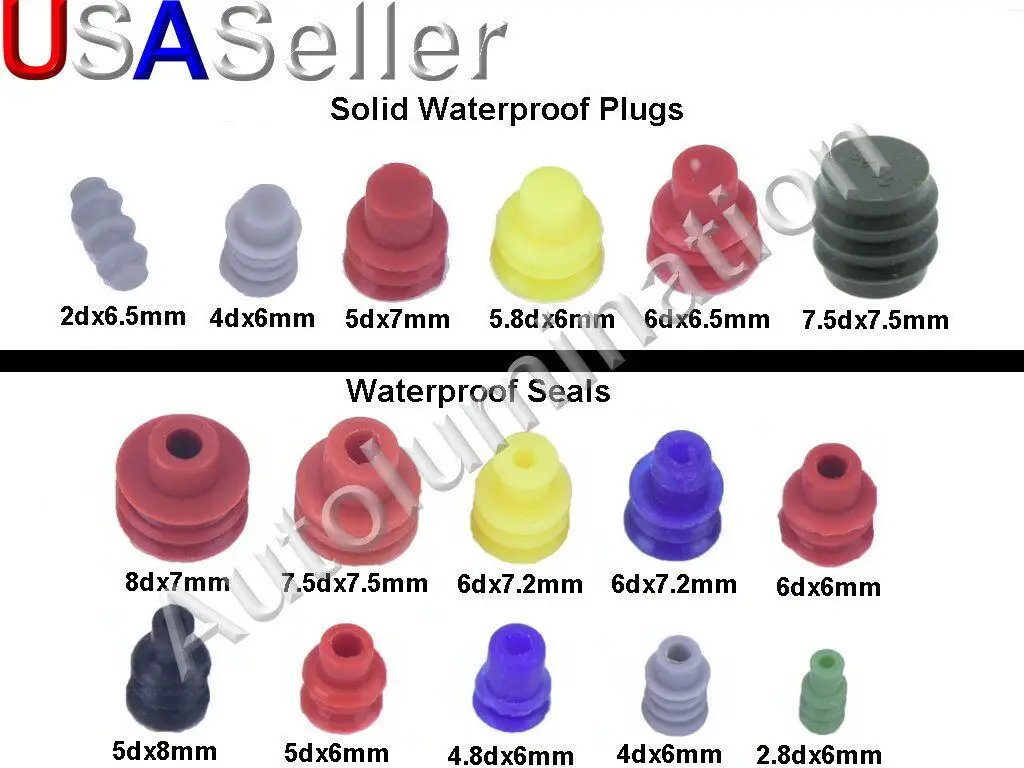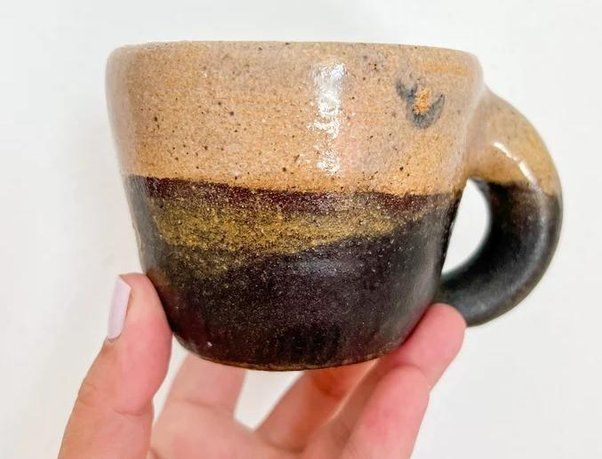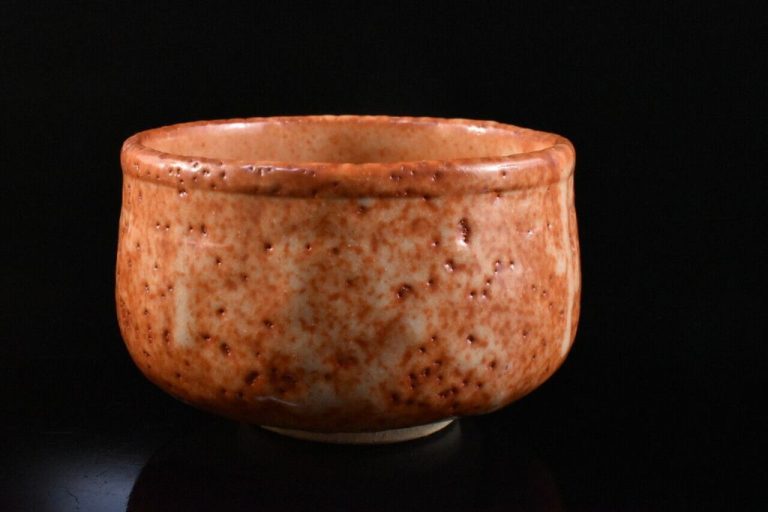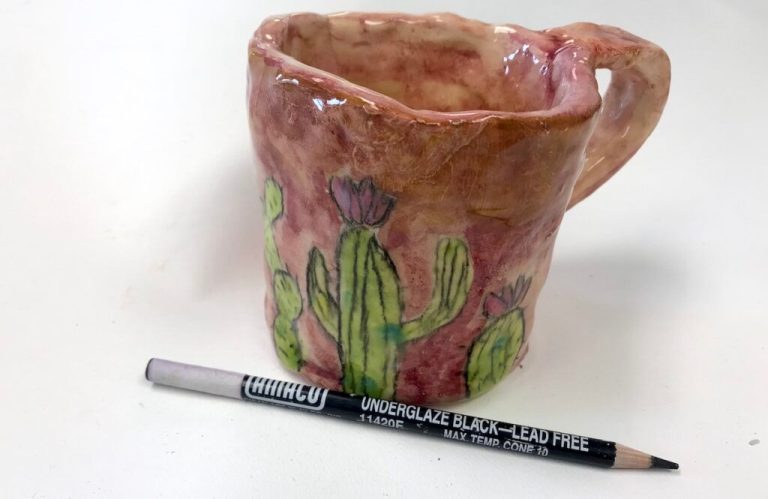What Is The Use Of Rubber Plugs?
Rubber stoppers, or rubber plugs as they are commonly known, are pieces of molded rubber or elastomers shaped like small tubes or plugs, typically inserted into openings of containers or tubes to serve sealing and protective functions. They are often cylindrical in shape with one tapered end for inserting into small openings, holes, or tubes. The tapered design ensures a tight fit and closure. They are also referred to as rubber bungs or rubber stoppers.
These simple but versatile devices have a wide range of applications and uses across industries due to the unique properties of rubber. The rubber plug serves many common purposes – sealing containers and tubes to prevent leakage, cushioning and protecting connections, spacing elements apart, plugging holes for testing, and providing access. They are made from various rubber types including natural, butyl, silicone, neoprene, nitrile, and others. Available in diverse sizes from micro vials to 55 gallon drums and customizable based on purpose, rubber plugs are ubiquitous and indispensable.
In the laboratory setting, rubber stoppers are a standard tool used for sealing test tubes, flasks, bottles, and reactors. The plugs provide an air and liquid tight seal while also being easily removable for adding or removing contents. Their flexibility cushions connections and piping while spacing elements apart. Different sized stoppers are used in chromatography columns, fermenters, shakers, and other laboratory equipment. The ubiquitous rubber stopper proves useful at all scales of laboratory work.
Sealing and Stopping Flow
One of the most common uses for rubber plugs is to seal openings and stop flow in various containers and equipment. This includes sealing the ends of pipes, hoses, tubes, and conduits to prevent leakage or contamination (cite: https://www.rubberfeetwarehouse.com/collections/rubber-line-plug-seal). Rubber plugs create a tight, friction-fit seal that conforms to irregular shapes and openings. They are commonly used to plug the open ends of pipes during construction and installation to keep out dirt and debris.
In laboratory settings, rubber stoppers and plugs are inserted into glassware like test tubes and flasks to seal in contents and prevent spills. They enable temporary sealing for transporting samples or inactive storage of chemicals and specimens (cite: https://www.amazon.com/rubber-hole-plugs/s?k=rubber+hole+plugs).
For industrial applications, rubber plugs are used to seal hydraulic and pneumatic lines to maintain system pressure. They can also plug fluid lines and tanks during maintenance, storage, or transportation. Their flexibility and tight seal prevents leaks even under pressure.
Protecting Connections
One of the main uses for rubber plugs is to protect electrical connections from contamination, damage, or electrical charge. Rubber plugs or grommets can be inserted into holes, cable entry points and other openings to seal the connection from moisture, dust, dirt and other environmental hazards. This helps prevent corrosion, short circuits, fires, and other issues caused by debris entering electrical systems.
Rubber plugs form a tight seal around cables and wires where they enter electrical enclosures, control boxes, junction boxes and more. The flexible rubber material conforms to the shape of the wire while blocking drafts, water and contaminants. Some plug designs feature ribs or flanges to provide strain relief and prevent the wire from being pulled out.
In addition to sealing, rubber plugs also cushion wires and terminals. The elastic material relieves strain on the connections and absorbs vibration that could loosen wiring over time. Rubber-lined holes provide abrasion protection for cable sheathing.
For maximum protection, choose rubber plugs in the appropriate size and shape for the application. Look for plugs made from durable materials resistant to weather, oils and chemicals. Properly installed plugs will seal out undesirable elements and help sensitive electrical connections last longer.
As an example, these rubber connector plugs are designed to seal and insulate electrical ports and connections from moisture, dust, dirt, and debris.

Cushioning and Spacing
Rubber plugs are often used for spacing and cushioning in a wide variety of packaging and equipment applications. The elasticity and impact absorbance of rubber makes it an ideal material to separate items and prevent damage during shipping and handling. Rubber plugs can be inserted between delicate equipment or fragile products to keep them from knocking into each other. According to International Crystal, spacers create space between components and enable accurate assembly. Rubber plugs in various thicknesses can serve this spacer function.
In product packaging, rubber plugs are commonly placed between items to cushion them from shocks and impacts. A product manufacturer may place rubber plugs between electronics, dishware, or other fragile goods inside a box or crate. The plugs absorb vibration and prevent the products from directly striking each other during shipping. Rubber is preferred for its high elasticity and ability to compress and decompress repeatedly under pressure. Plugs made from foam or other materials may permanently deform over time and lose effectiveness.
Rubber plugs can also be used inside equipment housings and assemblies. They can separate components, absorb vibration, and compensate for tolerance differences. According to eBay, adhesive-backed rubber pads are often die cut into squares for use as spacers. The self-stick rubber pads are easily applied and provide cushioning between parts. Custom rubber plug sizes and shapes can be manufactured for spacer applications in specialized equipment.
Testing and Access
Rubber plugs provide a convenient way to access systems and equipment for testing without requiring full disassembly. Expandable plugs made of rubber can be inserted into openings of various sizes to temporarily seal off sections. This allows easy access to certain areas while keeping the rest of the system closed.
For example, rubber test-ball plugs with extension hoses are commonly used for testing drain, vent and waste systems in pipes [1]. The rubber plug seals off the pipeline and the attached hose redirects any built-up pressure as needed for testing. Once testing is complete, the plug can be easily removed and the system restored.
Customizable rubber plugs are available in a wide variety of sizes and styles [2] to fit different applications. Using rubber plugs eliminates the need to cut into piping or permanently seal sections during testing. This makes inspection and maintenance much simpler and faster compared to more complex disassembly.
Types of Rubber Plugs
Rubber plugs come in a variety of types depending on the application and requirements. Some of the main types include:
Solid Plugs – These are made entirely of rubber and provide a tight, complete seal. They are commonly used for sealing pipelines, hoses, and openings. Solid rubber plugs are available in standard round shapes as well as custom shapes and sizes.
Hollow Plugs – Hollow rubber plugs have a hole in the center and are suitable when some flow or access is needed while also sealing the majority of the opening. They allow wires, tubes, or other items to pass through while blocking the remainder of the hole.
Tapered Plugs – Tapered rubber plugs are wider at one end and narrower at the other. This makes them easier to insert and remove from holes and openings. The taper also provides a tight fit when fully inserted.
Materials – Rubber plugs are made from materials like silicone, neoprene, and nitrile rubber. Silicone provides heat resistance, neoprene is durable and oil resistant, and nitrile is resistant to chemicals and petroleum products. The material depends on the fluids and environment the plug will encounter.
Sizes and Customization
Rubber plugs are available in a range of standard sizes, however they are often custom manufactured for specific applications and uses. Companies like Custom Rubber Corp. focus on uniquely shaped custom plugs and caps made from a variety of rubber compounds and materials (source). Manufacturers like Custom Gasket utilize precision rubber molding to create custom rubber stoppers, plugs and caps in any size, shape or material, including custom drilling (source).
Custom sizing allows rubber plugs to properly fit openings and fill spaces in equipment and machinery. Standard sizes may be too small or too large for the required application. Custom rubber plug manufacturers work with clients to produce plugs and stoppers to their exact specifications, ensuring a perfect fit.
Custom sizing is especially important for applications that need to form a complete seal, like sealing tanks and pipelines. Improperly sized plugs will leave gaps, preventing an airtight seal. Custom plugs can seal uniquely shaped holes and openings that standard sizes don’t accommodate.
In summary, while standard rubber plug sizes are suitable for many uses, custom sizing provides a perfect fit for specialized applications and equipment. Custom manufacturing allows plugs to be tailored to the exact size and shape required.
Applications
Rubber plugs have many industrial, scientific, marine, automotive, and aviation applications. They are commonly used to seal hydraulic and pneumatic systems in industrial machinery to prevent leaks and contamination (source). In scientific settings like laboratories, rubber plugs seal test tubes and flasks during experiments and storage.
In marine applications, rubber plugs are inserted into boat hulls and other components to seal screw holes and temporary openings. They prevent water intrusion and corrosion. The aviation industry uses them to seal electrical wire conduits and other aircraft openings.
Rubber plugs have several automotive uses including sealing oil drain holes, axle vent tubes, transmission fluid fill holes, and radiator hoses. They temporarily seal openings during maintenance and repairs. Custom rubber plugs seal fuel tanks, oil pans, and other components in vehicle manufacturing.
Selection and Installation
Choosing the right size rubber plug is crucial for proper sealing and fit. Measure the hole diameter and depth carefully with calipers to determine the plug dimensions needed. Many manufacturers provide size charts to match plugs to various hole sizes. Allow for stretch in the rubber by selecting a plug slightly larger than the hole.
Consider the material as well when choosing a rubber plug. Neoprene, silicone, viton, nitrile, and other rubbers have different temperature resistance, chemical compatibility, and durability. Match the material to the environment and application. Reach out to manufacturers for recommendations if uncertain.
To install a rubber plug:
- Ensure the hole is clean and free of debris. Use a wire brush or sandpaper to remove any dirt or corrosion.
- Apply a lubricant like WD-40 or silicone grease to the plug if it needs to stretch and compress during insertion.
- Insert the plug fully into the hole using steady hand pressure or a soft mallet if needed. Do not pound too hard and damage the plug.
- For tapered plugs, start with the narrow end and work wider. Expanding plugs should be inserted wide end first.
- Verify the plug is fully seated and fills the hole evenly with no gaps.
Follow any specific manufacturer instructions for proper plug sizing and installation. With the right selection and technique, rubber plugs should seal openings effectively.
Conclusion
In conclusion, rubber plugs serve a variety of important functions across many industries. Their ability to seal connections, protect parts, absorb impacts, and provide access for inspection and testing make them an essential component in systems and equipment. Though simple, rubber plugs enable complex machines to operate safely and efficiently. Their flexible nature allows them to conform to spaces, cushion vibrations, and block the flow of liquids or gases. With customized sizing and materials, rubber plugs can be tailored to meet the specific needs of any application. Whether in hydraulic equipment, chemical containers, or automotive systems, the ubiquitous rubber plug plays a vital role. Their unique properties and adaptability continue to make them an indispensable tool for sealing, stopping flow, protecting connections, spacing components, and simplifying maintenance procedures.



